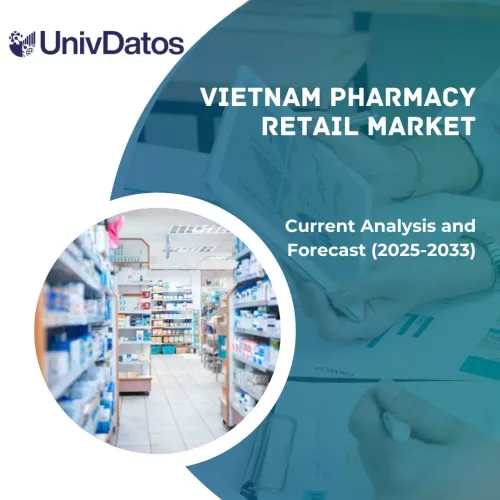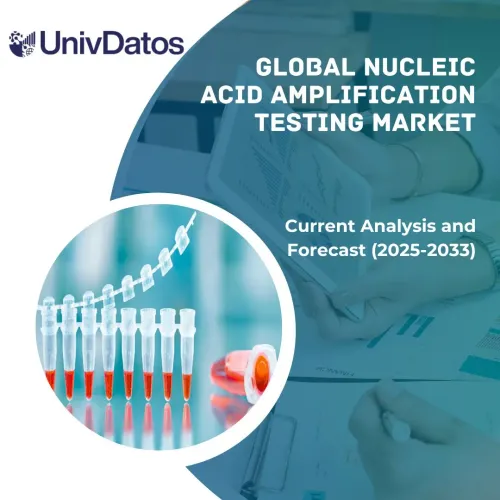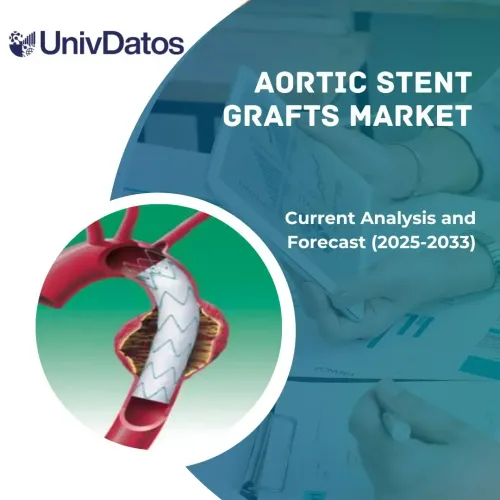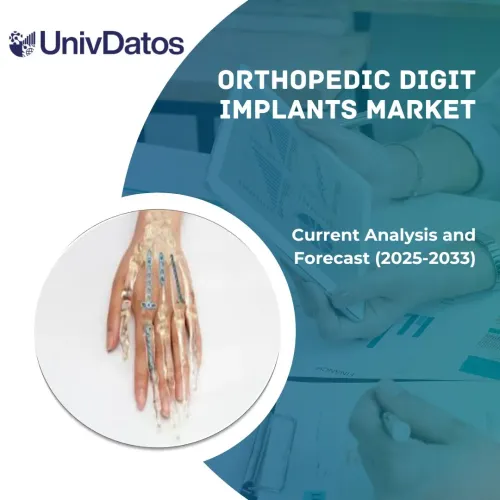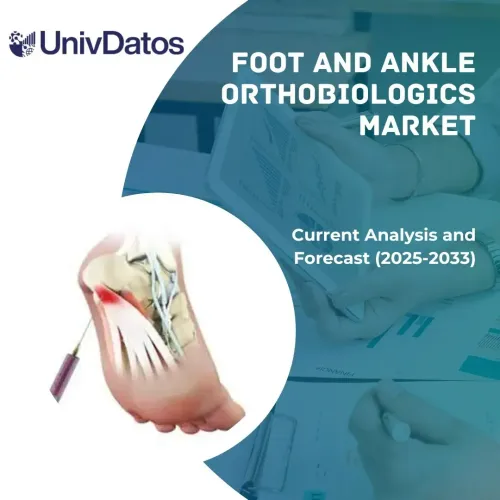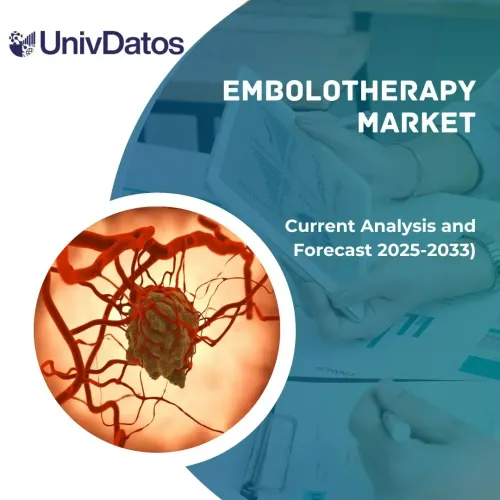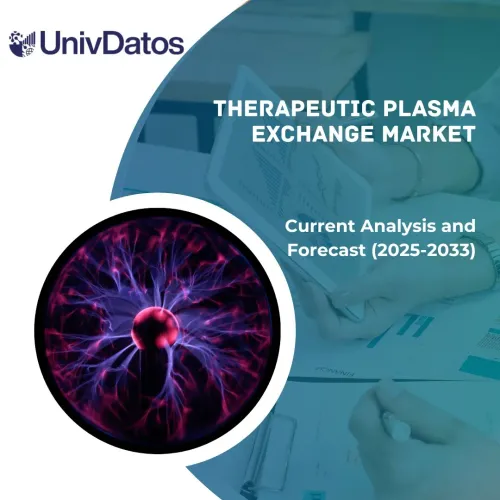転写膜市場:現状分析と予測(2022年~2030年)
製品の強調(PVDF、ニトロセルロース、ナイロン);転写(湿式またはタンク転写、セミドライ電気ブロッティング(セミドライ転写)、ドライ電気ブロッティング(ドライ転写)、その他);アプリケーション(ウエスタンブロッティング、サザンブロッティング、ノーザンブロッティング、その他);エンドユーザー(バイオ医薬品&製薬会社、学術&研究機関、診断ラボ)および地域/国
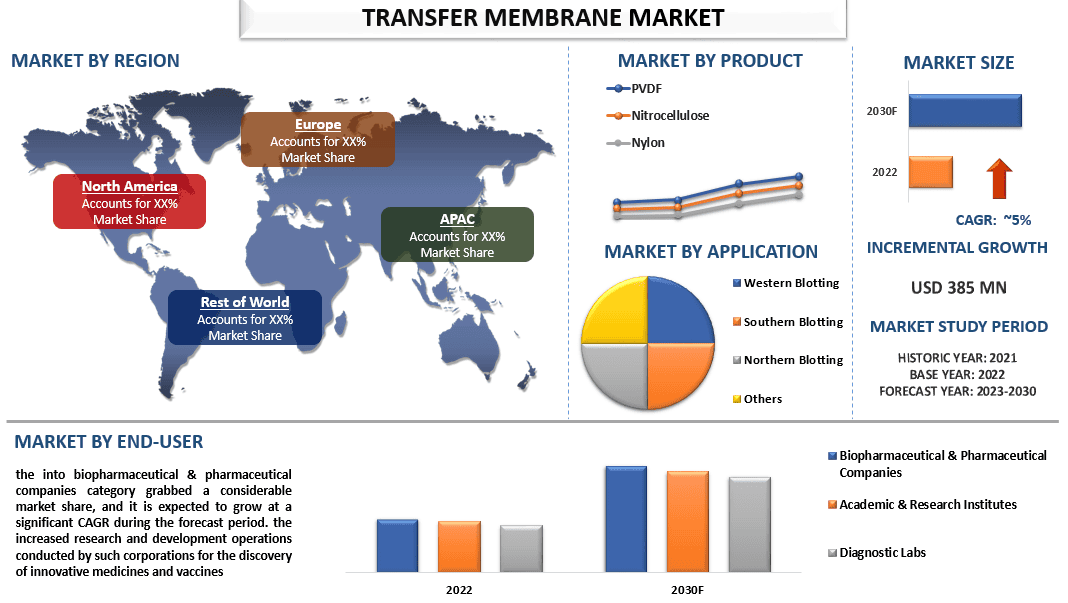
転写膜市場の2022年の市場規模は3億8,500万米ドルと評価され、2023年~2030年のCAGRは5%で成長すると予想されています。転写膜市場とは、転写膜の製造、流通、販売に関わるグローバル産業を指します。ブロッティング膜とも呼ばれる転写膜は、ウェスタンブロッティング、サザンブロッティング、ノーザンブロッティングなど、さまざまな生物学的および分析的手法で使用される特殊な多孔質材料です。転写膜は、タンパク質、DNA、RNAなどの生体分子をゲルマトリックスから固体支持体(通常は膜表面)に転写するのを容易にするように設計されています。これらは、分子生物学研究、バイオテクノロジー、臨床診断で一般的に使用されています。転写膜の需要の高まりは、世界中で感染症および遺伝性疾患の有病率が高いことに起因すると考えられます。たとえば、HIV.govによると、世界中で推定150万人が2021年にHIVに感染し、約3,840万人が同年この病気に苦しんでいます。遺伝性疾患の世界的な統計的増加により、今後も市場の成長に貢献するでしょう。さらに、転写膜市場は、学術機関、研究機関、産業研究所における研究開発活動への投資の増加により成長すると予想されます。さらに、タンパク質や遺伝子の構造と機能を理解することへの関心の高まりにより、ウェスタンブロッティング、サザンブロッティング、ノーザンブロッティングなどの手法で転写膜の需要が高まっています。ただし、市場における制約の一部には、転写膜の高コスト、膜の目詰まり、および再利用性の制限が含まれており、世界中でこの市場の成長を妨げています。
市場で活動している主要なプレーヤーには、Thermo Fisher Scientific, Inc.、Danaher、Bio-Rad Laboratories、Merck KGaA、PerkinElmer, Inc.、Abcam Plc.、Santa Cruz Biotechnology, Inc.、ATTO Corporation、Azure Bio systems Inc.、Advansta Inc. などがあります。これらのプレーヤーは、ハイテクで革新的な製品/テクノロジーで顧客を支援するために、いくつかのM&Aとパートナーシップを行っています。
レポートで提示された洞察
「製品別では、PVDFセグメントが2021年に市場の大きなシェアを占めました。」
製品に基づいて、市場はPVDF、ニトロセルロース、ナイロンに分割されます。その中で、PVDFセグメントが2021年に市場の大きなシェアを獲得しました。PVDF転写膜は、他の種類の膜に対して非常に耐久性があり、化学的に不活性な代替品を提供しながら、タンパク質のストリッピングと再プロービングを容易にします。これらの膜は疎水性であるため、タンパク質との強力な接触を形成し、タンパク質の結合を改善し、効率的なタンパク質輸送を可能にします。
「転写法別では、ドライエレクトロブロッティングセグメントが2021年に市場でより高いCAGRを保持しました。」
転写法に基づいて、市場はウェットまたはタンクトランスファー、セミドライエレクトロブロッティング(セミドライトランスファー)、ドライエレクトロブロッティング(ドライトランスファー)、およびその他に二分されます。その中で、ドライエレクトロブロッティングセグメントは、ユーザーフレンドリーで便利な操作方法や迅速な転写速度などの利点により、市場でより高いCAGRで成長すると予想されます。さらに、このアプローチでは、緩衝液中でゲルを平衡化する必要がなくなり、転写を完了するのに必要な時間が短縮されます。
「北米が2021年の転写膜市場を支配しました。」
北米、特に米国は、バイオテクノロジーと製薬研究の中心地です。この地域では、プロテオミクス、ゲノミクス、個別化医療、創薬などの分野で目覚ましい進歩が見られます。これらの進歩は、さまざまな研究および診断アプリケーションに不可欠なツールとして、転写膜の需要を促進します。さらに、北米の政府、民間組織、および学術機関は、ライフサイエンス研究に多額の資金を割り当てています。資金の利用可能性は、タンパク質分析、核酸研究、およびバイオマーカーの発見のために転写膜に依存する研究プロジェクトをサポートします。この財政的支援は、この地域の転写膜市場の成長に貢献しています。確立された研究インフラストラクチャの存在と、ライフサイエンス分野への政府投資の増加により、北米地域での転写膜の需要が高まっています。たとえば、2022年9月、米国保健福祉省は、国内のバイオテクノロジー研究および製造の拡大のために、国立バイオテクノロジーおよびバイオ製造イニシアチブの一環として、4,000万米ドルを超える投資を発表しました。
転写膜市場レポートのカバレッジ
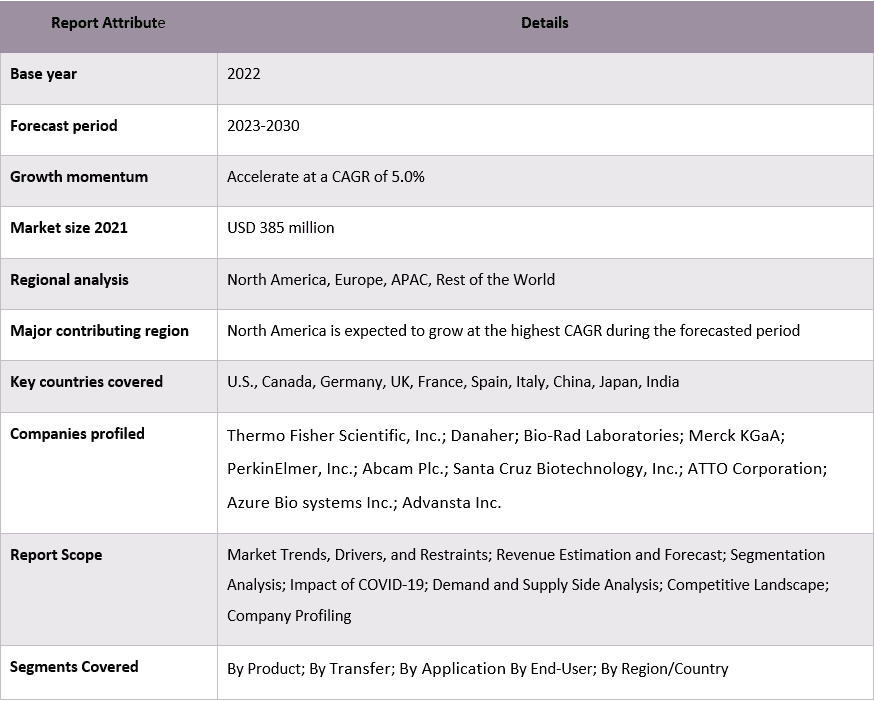
このレポートを購入する理由:
- この調査には、認証された主要な業界専門家によって検証された市場規模および予測分析が含まれています。
- このレポートは、業界全体のパフォーマンスのクイックレビューを一目で提示します。
- このレポートは、主要なビジネス財務、製品ポートフォリオ、拡張戦略、および最近の開発に重点を置いた、著名な業界同業者の詳細な分析を網羅しています。
- 業界で普及している推進要因、制約、主要なトレンド、および機会の詳細な調査。
- この調査では、さまざまなセグメントにわたる市場を包括的に網羅しています。
- 業界の詳細な地域レベルの分析。
カスタマイズオプション:
グローバル転写膜市場は、要件またはその他の市場セグメントに応じてさらにカスタマイズできます。これに加えて、UMIは、お客様が独自のビジネスニーズをお持ちであることを理解しているため、お客様の要件に完全に適合するレポートを入手するためにお気軽にお問い合わせください。
目次
トランスファーメンブレン市場分析(2022年~2030年)の調査方法
グローバルトランスファーメンブレン市場の過去の市場を分析し、現在の市場を推定し、将来の市場を予測することは、グローバルな主要地域におけるトランスファーメンブレンの採用を構築および分析するために実施された3つの主要なステップでした。過去の市場数を収集し、現在の市場規模を推定するために、徹底的な二次調査が実施されました。次に、これらの洞察を検証するために、多数の調査結果と仮定が考慮されました。さらに、グローバルトランスファーメンブレン市場のバリューチェーン全体にわたる業界の専門家との徹底的な主要インタビューも実施されました。主要なインタビューを通じて市場数の仮定と検証を行った後、完全な市場規模を予測するためにトップダウン/ボトムアップアプローチを採用しました。その後、市場の内訳とデータの三角測量手法を採用して、業界に関連するセグメントとサブセグメントの市場規模を推定および分析しました。詳細な方法論を以下に説明します。
過去の市場規模の分析
ステップ1:二次資料の詳細な調査:
トランスファーメンブレン市場の過去の市場規模を取得するために、年次報告書および財務諸表、業績プレゼンテーション、プレスリリースなどの企業内ソース、およびジャーナル、ニュースおよび記事、政府刊行物、競合他社の刊行物、セクターレポート、サードパーティデータベース、およびその他の信頼できる刊行物などの外部ソースを通じて詳細な二次調査が実施されました。
ステップ2:市場セグメンテーション:
トランスファーメンブレン市場の過去の市場規模を取得した後、主要地域のさまざまなセグメントおよびサブセグメントの過去の市場の洞察とシェアを収集するために、詳細な二次分析を実施しました。主なセグメントは、製品、トランスファー、アプリケーション、およびエンドユーザーとしてレポートに含まれています。さらに、その地域におけるテストモデルの全体的な採用を評価するために、国レベルの分析を実施しました。
ステップ3:要因分析:
さまざまなセグメントおよびサブセグメントの過去の市場規模を取得した後、トランスファーメンブレン市場の現在の市場規模を推定するために、詳細な要因分析を実施しました。さらに、トランスファーメンブレン市場の製品、トランスファー、アプリケーション、およびエンドユーザーなどの従属変数と独立変数を使用して要因分析を実施しました。グローバルトランスファーメンブレン市場セクターにおけるトップパートナーシップ、M&A、事業拡大、製品発売を考慮して、需要と供給のシナリオについて徹底的な分析を実施しました。
現在の市場規模の推定と予測
現在の市場規模:上記の3つのステップからの実行可能な洞察に基づいて、グローバルトランスファーメンブレン市場における現在の市場規模、主要なプレーヤー、およびセグメントの市場シェアに到達しました。必要なパーセンテージシェア分割と市場の内訳はすべて、上記の二次的アプローチを使用して決定され、主要なインタビューを通じて検証されました。
推定と予測:市場の推定と予測のために、ドライバーとトレンド、制約、および利害関係者が利用できる機会を含むさまざまな要因に重みが割り当てられました。これらの要因を分析した後、関連する予測手法、つまり、トップダウン/ボトムアップアプローチを適用して、グローバルな主要市場全体のさまざまなセグメントおよびサブセグメントの2030年の市場予測に到達しました。市場規模の推定に採用された調査方法論には、次のものが含まれます。
- 収益(USD)と、主要な国内市場におけるトランスファーメンブレン市場の採用率の観点から見た業界の市場規模
- 市場セグメントとサブセグメントのすべてのパーセンテージシェア、分割、および内訳
- 提供される製品の観点から見たグローバルトランスファーメンブレン市場の主要なプレーヤー。また、急速に成長する市場で競争するためにこれらのプレーヤーが採用した成長戦略
市場規模とシェアの検証
一次調査:主要地域全体の上級幹部(CXO/VP、営業責任者、マーケティング責任者、オペレーション責任者、地域責任者、カントリーヘッドなど)を含むキーオピニオンリーダー(KOL)との詳細なインタビューを実施しました。次に、一次調査の結果を要約し、述べられた仮説を証明するために統計分析を実施しました。一次調査からのインプットは二次的な調査結果と統合され、それによって情報が実用的な洞察に変わりました。
さまざまな地域における一次参加者の分割
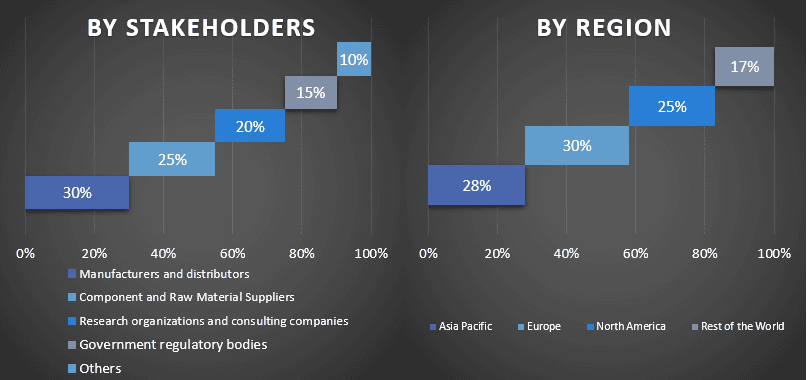
市場エンジニアリング
グローバルトランスファーメンブレン市場の各セグメントおよびサブセグメントの正確な統計数値を達成するために、データ三角測量手法を採用して、市場全体の推定を完了しました。グローバルトランスファーメンブレン市場における製品、トランスファー、アプリケーション、およびエンドユーザーの分野におけるさまざまなパラメーターとトレンドを調査した後、データはいくつかのセグメントおよびサブセグメントに分割されました。
グローバルトランスファーメンブレン市場調査の主な目的
グローバルトランスファーメンブレン市場の現在および将来の市場動向は、調査で指摘されました。投資家は、調査で実施された定性的および定量的分析に基づいて、投資に対する裁量に基づく戦略的洞察を得ることができます。現在および将来の市場動向は、地域レベルでの市場全体の魅力を決定し、産業参加者が未開拓の市場を利用してファーストムーバーの優位性から恩恵を受けるためのプラットフォームを提供します。調査のその他の定量的な目標には、次のものがあります。
- 価値(USD)の観点から見たトランスファーメンブレン市場の現在および予測される市場規模を分析します。また、さまざまなセグメントおよびサブセグメントの現在および予測される市場規模を分析します
- 調査のセグメントには、製品、トランスファー、アプリケーション、およびエンドユーザーの分野が含まれます
- トランスファーメンブレン業界の規制の枠組みを定義して分析する
- 業界の顧客と競合他社の行動を分析するとともに、さまざまな仲介業者の存在に関与するバリューチェーンを分析する
- 主要地域のトランスファーメンブレン市場の現在および予測される市場規模を分析する
- レポートで調査された地域の主要国には、アジア太平洋、ヨーロッパ、北米、およびその他の地域が含まれます
- トランスファーメンブレン市場の企業プロファイル、および急速に成長する市場で持続するために市場プレーヤーが採用した成長戦略
- 業界の深堀り地域レベル分析
関連 レポート
この商品を購入したお客様はこれも購入しました

